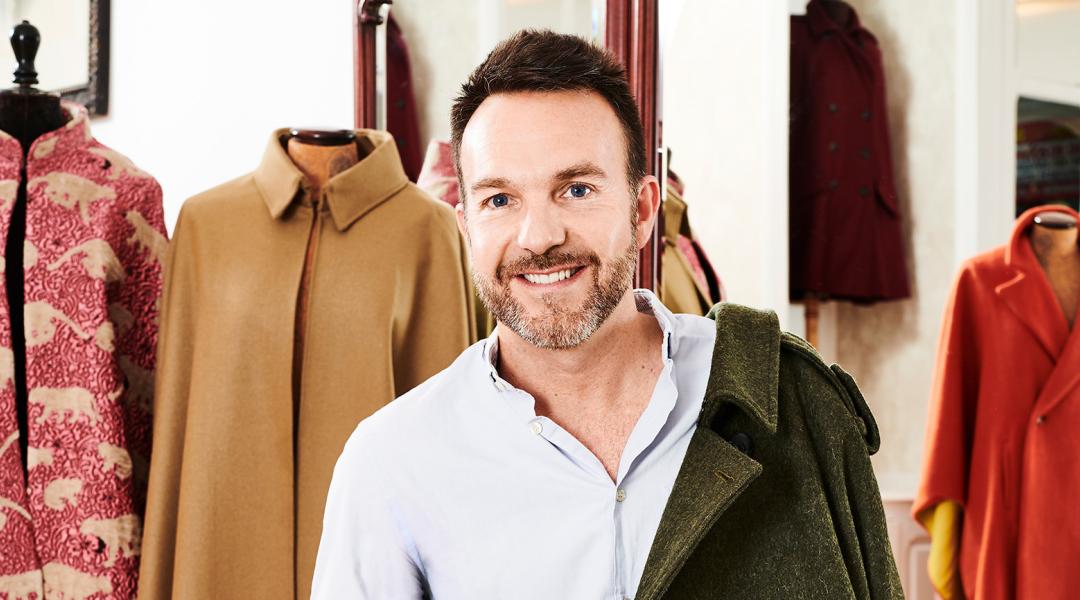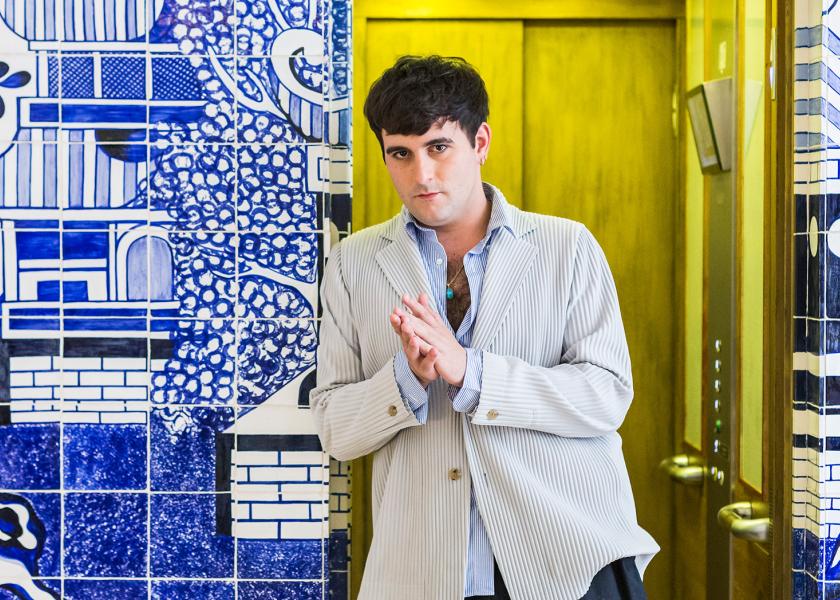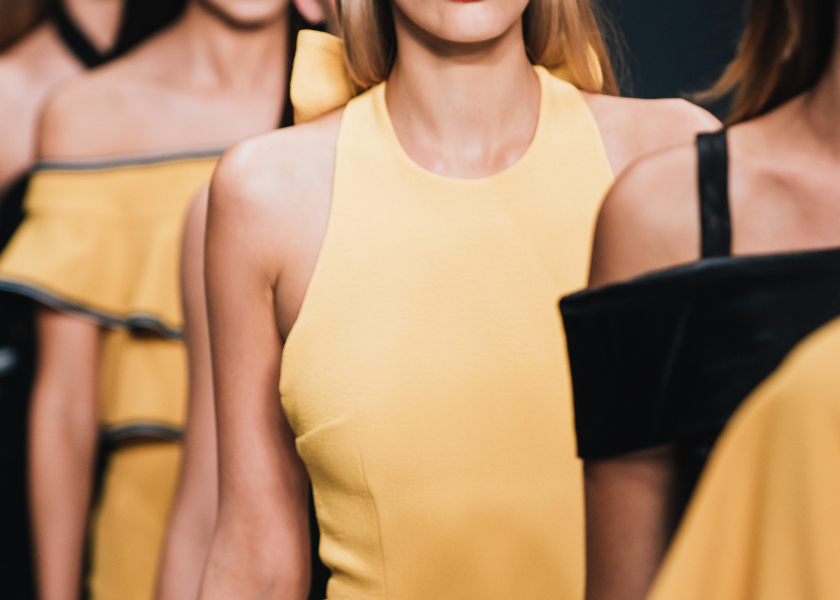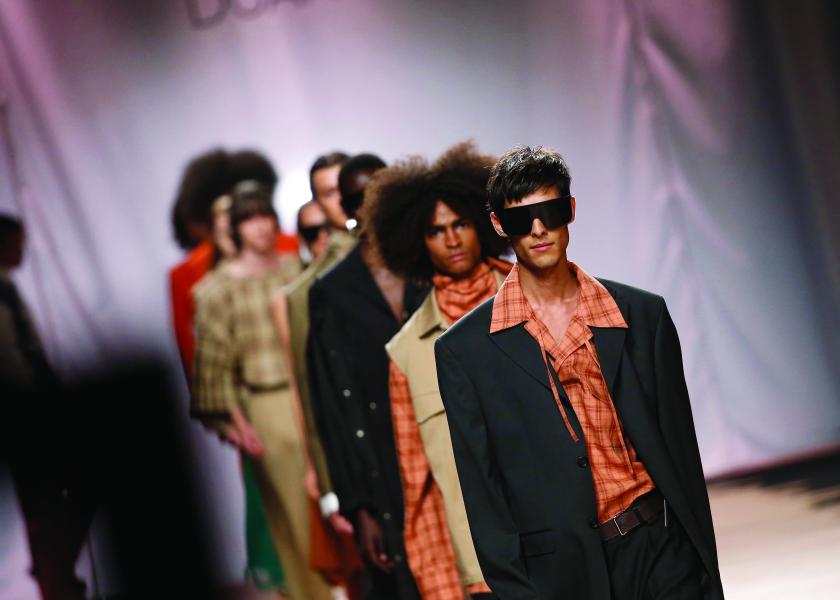Seseña
Cape Coats With A Name Of Their Own

Quality, loyalty to the craft, exquisite customer service and a constantly renewed vision of a legendary garment: a Seseña cape coat hides all that and much more. Marcos Seseña, the new generation at the helm of the brand bearing his name, rolls it out for us.
Few traditional businesses manage to survive generational change. However, in Madrid there is a century-old one that has withstood the ravages of time without ever leaving the original shop, reinventing itself to live a second youth at the hands of the family’s fourth generation. This is Casa Seseña, Capas Seseña, or, plainly, Seseña. Any will do since they have been designing capes for the most distinguished members of society since 1901, including Pablo Picasso, Ernest Hemingway, Federico Fellini, and Bruce Springsteen, not to mention politicians like the Kings of Spain and Hilary Clinton.
Marcos Seseña took the reins of the family business in 2009, revitalizing the cape —the pillar of the business— by introducing a new tailoring language that retains the outstanding legacy of his predecessors. This is clearly embodied in the 1901 Cape, a classic that has its roots in the Spanish Golden Age and which has barely changed since. Marcos has brought about collaborations with some of the most interesting Spanish designers, such as La Condesa and Ulises Mérida, as well as with artists such as Federico Antelo, who has snapped the cape out of a long lethargy.
You are the fourth generation at the helm of Seseña. What have been the main challenges for you?
The most important was to imprint my personality on the new designs and on the brand image, which is much less classical than the one before, all this without neglecting years and years of respect for well-made garments, quality materials and an exquisite customer service.
Running a century-old brand takes some responsibility…
It’s something to be proud of. I’m surprised every day by the words coming from regular customers and from people who have always wanted to be one and they finally are, and from people who discover Seseña and its history. I feel the three generations before me have done a really good job.
What is the secret to your longevity?
As I said, we’ve stayed true to quality tailoring and fabrics and to an exquisite customer service, but we’ve also been driven by a desire for innovation and constant adaptation.
What traditional aspects are maintained in the making of Seseña capes and what are completely new?
Our 1901 cape is the most traditional example we have—it honours the year Capas Seseña was established. And, of course, the quality of the tailoring and the fabrics (the craftmanship, that facts that it’s all handmade). We have reimagined the brand image, part of the decoration of our flagship store, the brand colours, and our target. We now cover a wider spectrum—from classic to modern. We have capes for all seasons and for different occasions in everyday life.
What is more important, launching a new product or finding a new way to show it?
Both are important. The creative process is perhaps the most enriching to me, how you become engrossed by it. But trying different ways to show your work is a lot of fun and maybe more important marketing-wise.
"The secret is to be true to yourself and be aware of trends"
The men’s cape had somewhat fallen into oblivion and, in Spain, it had some “stale” connotations. However, Seseña has managed to stir a new desire for this garment in the world of fashion.
Well, I humbly think we have contributed to revitalizing it, always within a trend in which capes have a greater presence (although they have always been there) on men’s and women’s runways around the world. For example, Valentino has been designing spectacular men’s capes for more than five years. In Spain, when we talk about capes, the classical Spanish cape always comes to mind, but the cape universe is much greater and evocative. The “stale" connotation might come from people associating it with unflattering historical periods in this country, but that’s a different story. In the end my contribution is simple—imprinting my personality in all new designs, creating men’s capes for everyday life, something that has revalued the classical cape among modern people, contradictorily so. The secret is to be true to yourself and be aware of trends.
How did the idea of collaborating with Spanish designers like Ulises Mérida come about?
They always come about as you go. One day you meet someone and the idea of a collaboration comes up. If there’s chemistry from the start, there is no going back. This is what happened with Ulises, a great designer with whom we made five spectacular designs. We are still selling the capes from that collaboration. Furthermore, the experience of showing our designs for the second time at the Mercedes-Benz Fashion Week Madrid (the first Cibeles fashion show took place in the 80s) is very interesting.
What role do fabrics play in Seseña?
An increasingly important role. Until recently, we’ve only used merino wool, but we like to innovate. The most recent example are capes made with traditional waterproof fabrics. And, as I said earlier, we are interested in exploring lightweight fabrics so you can wear a cape any time of the year.







